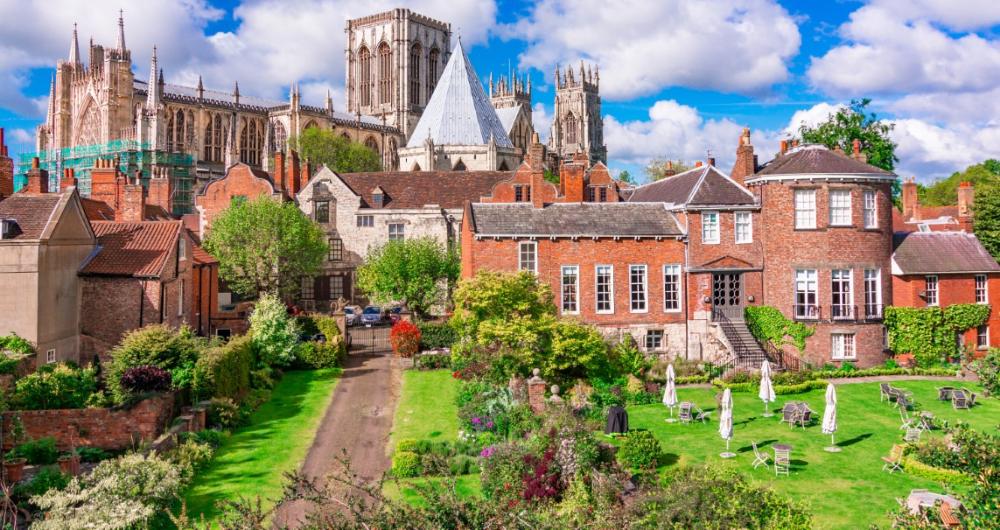In This Article
Looking for a magical city escape rich with history, charm, and cobblestone streets? Head to York! Step into a city where medieval walls, Gothic cathedrals, and hidden alleyways meet vibrant cafés, markets, and museums. Whether you’re into Roman history, Viking legends, ghost tours, or boutique shopping, York offers a one-of-a-kind English adventure.
Best Time to Visit
The best time to visit York is during spring and early autumn (April–June and September–October). Mild weather makes it perfect for sightseeing, walking tours, and outdoor markets without the peak summer crowds.
How to Get There
- If you are traveling by train: York is easily accessible by rail, with direct trains from London (about 2 hours), Edinburgh, Manchester, and Leeds.
- By Car: York is well-connected via the A1(M), A64, and A19 motorways, about 4 hours from London and 2.5 hours from Manchester.
- By Plane: The nearest major airport is Leeds Bradford Airport (about 1 hour away); Manchester Airport offers more international flights and rail connections to York.
Where to Stay
- The Grand, York – Luxurious five-star hotel located within walking distance of York Minster and historic sites.
- Middletons Hotel – Charming boutique hotel set in historic buildings with gardens and a peaceful courtyard.
- Guy Fawkes Inn – Historic inn offering atmospheric rooms right next to York Minster, perfect for history lovers.
Best Things to Do
1. Face Chilling Tales at the York Dungeon
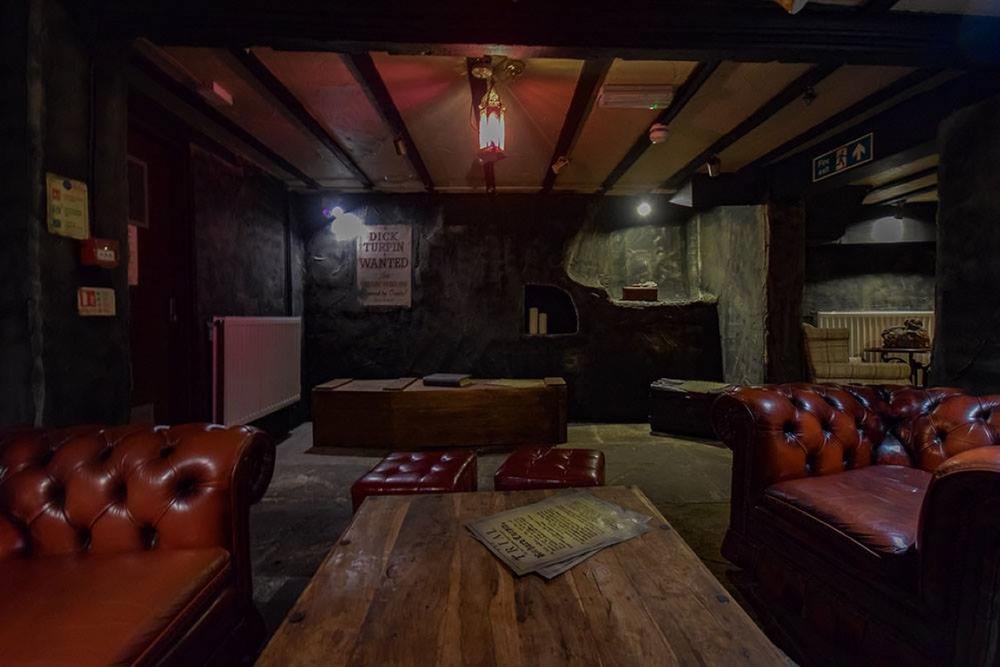
© York Dungeon
The dungeon experience is a 75 minute journey through 2000 years of York history. Tourists meet iconic characters, played by actors, and take in the sights, sounds and smells of the ages. Animatronics, special effects and life-sized models make up the live action, horror show. York's rich history includes the plague, secret catholic churches, Vikings, highwaymen and witch trials. The tour follows the River Ouse and is periodically affected by flooding. The tours have been remodeled and rescripted to compensate. The dungeon tour is part of an international chain which includes London, Amsterdam and Hamburg. Tours leave every 7 minutes.
York Dungeon, 12 Clifford Street, York YO1 9RD, Phone: +44-19-04-63-25-99
2. Ride Through History at the National Railway Museum
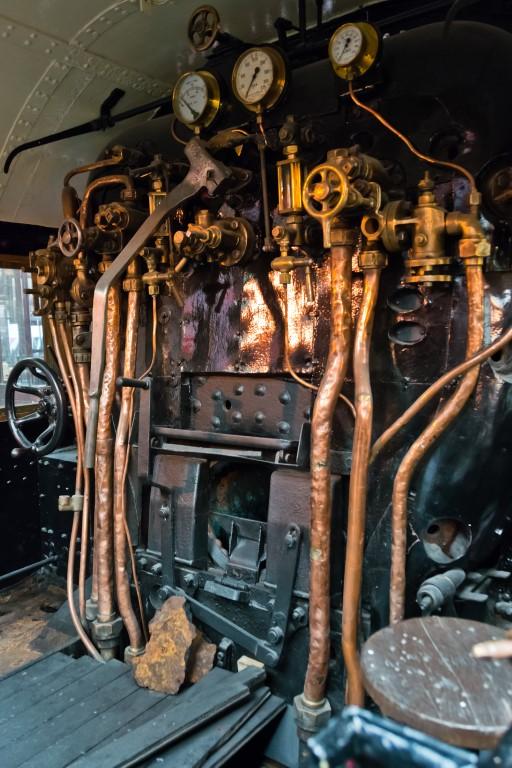
© Hans Peter Denecke/stock.adobe.com
National Railway Museum's aim is to showcase the past, present and future innovations associated with the railway and the social and economic impact it has had on society. The 'Brass, Steel and Fire' exhibition focuses on the 1829 Stephenson's Rocket and how it influenced the course of the Industrial Revolution. A plethora of small-scale experiments and homegrown creations that resulted from its invention are on display. The Great Hall houses examples of engines through the ages and a multi-faceted, model railway system can be viewed from several angles. Visitors can enjoy train rides and use simulators to drive engines.
Leeman Road, York YO26 4XJ, Phone: 0-33-30-16-10-10
3. Climb to Panoramic Views at Clifford’s Tower
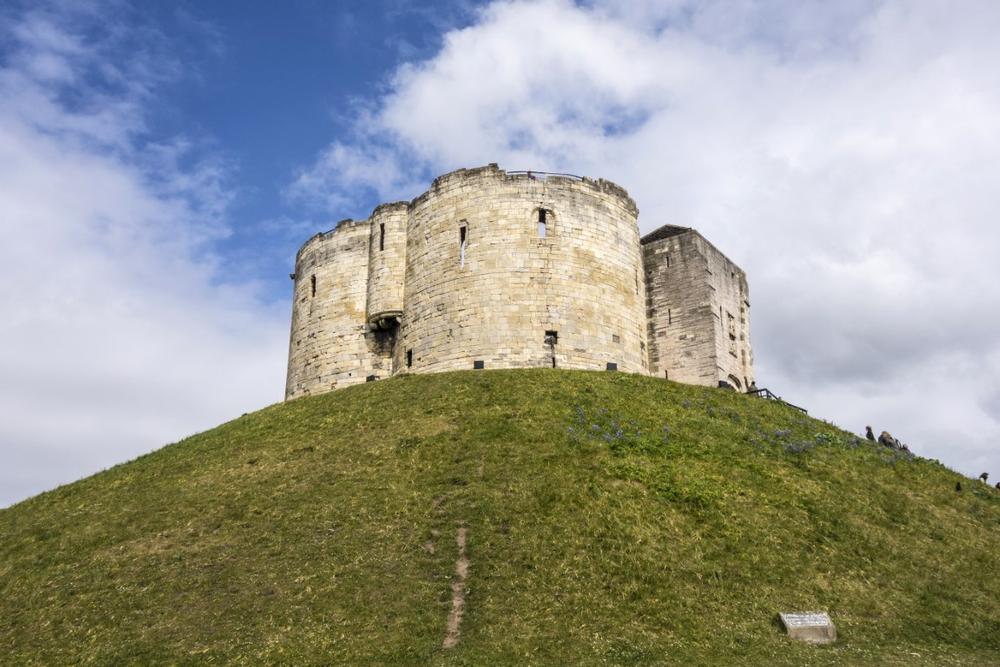
© travelview/stock.adobe.com
Clifford’s Tower is an English Heritage site. It was built in 1245 as part of a Medieval castle and played a key role in the dissolution of the monasteries, the English Civil War and the Anglo-Scottish wars. It has been used throughout the centuries as law courts, a prison, treasury, mint and election office. Its design is unusual for England but similar to the 12th century Tour Guinette at Etampes, in France. It has four thin-walled lobes and is built on an artificial mound. The old city of York can be viewed from the walkway at the top of the tower.
Tower St, York YO1 9SA, Phone: +44-37-03-33-11-81
What to do if you are traveling with kids:
4. Marvel at Gothic Splendor at York Minster
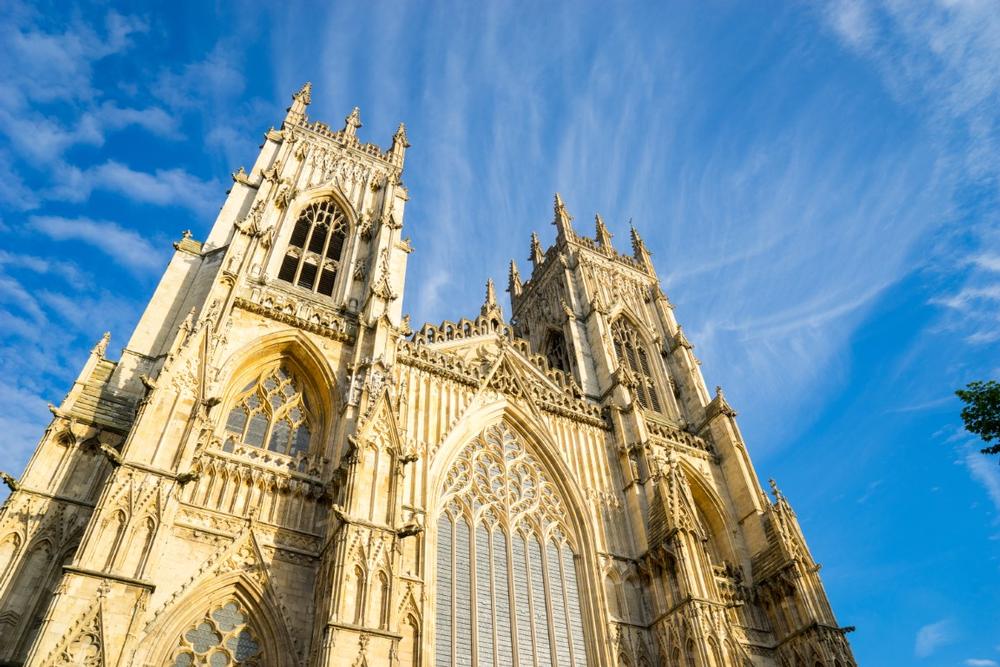
© alice_photo/stock.adobe.com
There have been churches on or near the site of the minster for 1400 years. The current cross-shaped cathedral was built from 1080-1100 but continued to be altered over the next 400 years. It was finally reconsecrated in 1472. It has been severely damaged by fire four times but fortunately suffered no war damage. The magnificent collection of over 100 stained glass windows were removed for safe-keeping during both world wars. The minster has a collection of 300000 objects, representing 2000 years of church history. Volunteers offer lunch time talks on the stained glass, guided tours, tower trips and Hidden Minster tours.
York Minster
, Deangate, York YO1 7HH, Phone: +44-19-04-55-72-00
5. Relax Among Nature at Rowntree Park

© Barvart/stock.adobe.com
This 20 acre park was donated to the city of York by the Rowntree company as a memorial to the employees they lost during the First World War. Sadly, the wrought iron gates at the entrance were erected to commemorate the additional lives lost in the Second World War. It was York's first municipal park. It has picnic areas, a large lake, a canal and a water cascade. Sports facilities include tennis courts, a bowling green, a basketball court and a skateboarding area. Friends of Rowntree Park volunteers regularly organize events and activities. The Rowntree Park is next to the River Ouse which periodically causes flooding.
6. If You Love Ancient Artifacts, Explore the Yorkshire Museum
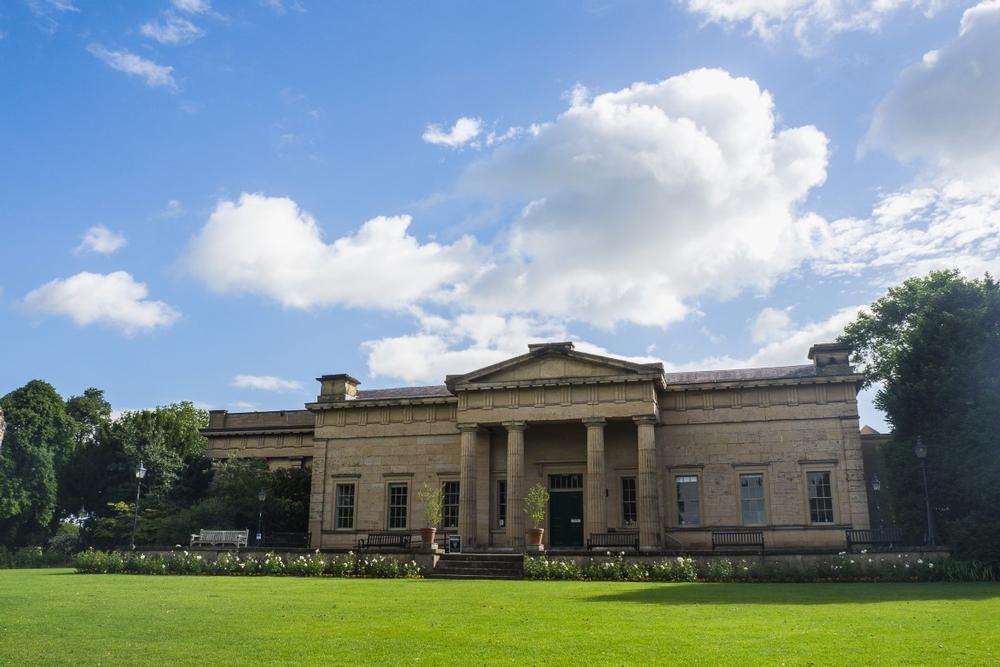
© kannapon/stock.adobe.com
The Yorkshire Museum is situated in a Georgian building, in the center of York, on the River Ouse. There are five galleries with exhibits of the Vikings, Medieval and Roman York, the Jurassic era and York's first photographs. The museum's vast range of collections includes objects related to archaeology, astronomy, biology, geology and numismatics, among others. Regular activities include a book club, a Young Astronomers' four week course, garden tours and Museum Monkeys program for 2-5 year old children. The shop has a stock of Roman, Viking and pre-history thematic items and a range of gifts for gardeners.
Museum Gardens, Museum Street, York, YO1 7FR
Activities and Attractions for Couples:
7. Travel Back to Viking Times at Jorvik Viking Centre
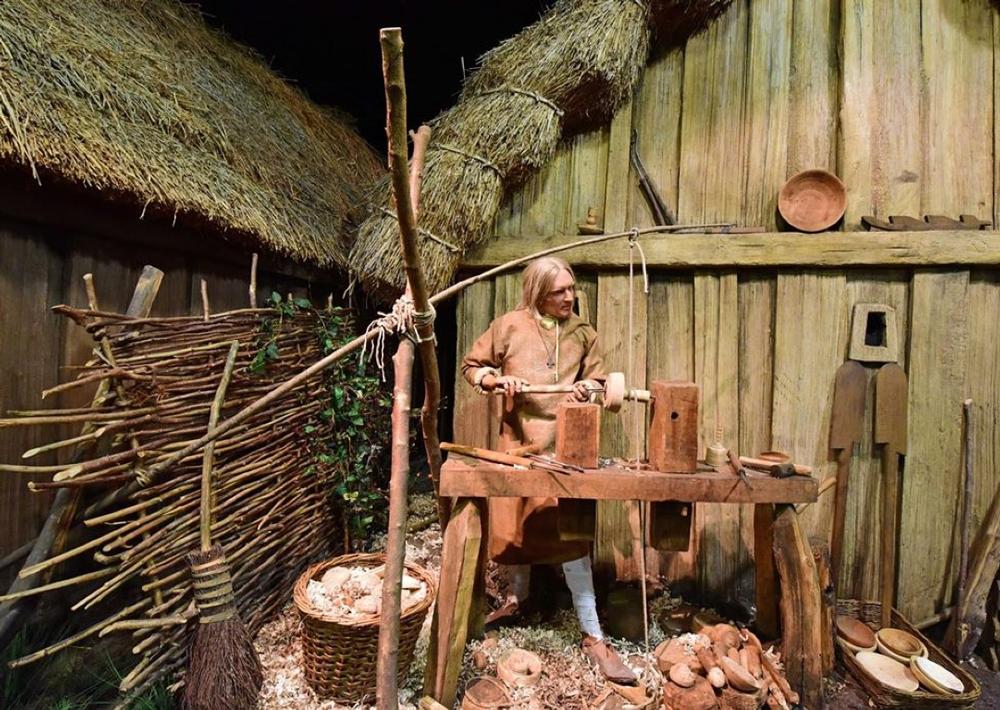
© Jorvik Viking Centre
It was a commonly held belief that York was a Viking trading hub between 866 and the Norman conquest of 1066. Significant proof was uncovered at Coppergate in the late 1970s. At a depth of 9m, bits of buildings, textiles, clothing and pottery were discovered in a layer of moist peat. Along with the seeds, animal bones and insect remains that were found, scientist pieced together what life looked like in that era. Interpretations of the findings have been brought to life in the Jorvik Center through the skills of thatchers, potters, taxidermists, carvers, coopers and other artisans. The shop sells Viking memorabilia and the Center hosts the Jorvik Viking Festival each year in February.
Jorvik Viking Centre, 19 Coppergate, York YO1 9WT, Phone: +44-19-04-61-55-05
8. Wander Through Blooming Beauty at Yorkshire Museum Gardens

© Darren/stock.adobe.com
The British Royal Family donated the former grounds of the St Mary's Abbey to the Yorkshire Philosophical Society in 1928. In 1930 the museum was built and the gardens established. There are currently 4500 species of plants and trees and 40 species of birds in the 10 acre garden. Besides the ruins of the abbey, there are the remains of Roman and Anglican forts and St Leonard's hospital chapel, as well as parts of a Roman wall. The octagonal observatory in the grounds was built in 1850 and upgraded in 1981 with a larger telescope. The garden is open daily and admission is free.
Yorkshire Museum Gardens, Museum Street, York, YO1 7FR
9. Get Lost in Fun at York Maze
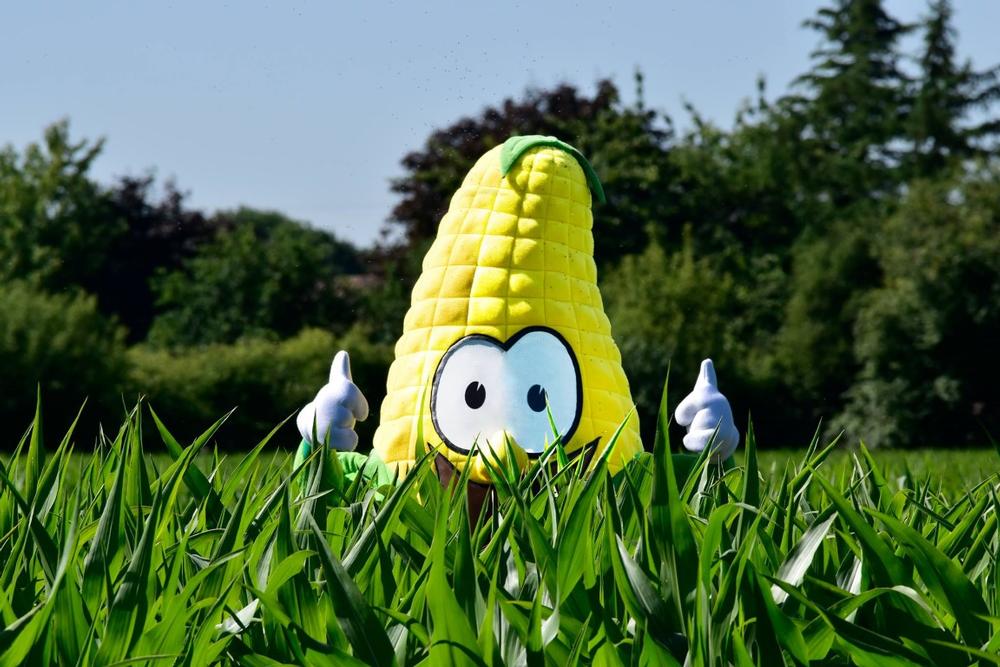
© York Maze
There are more than 20 activities at York Maze
. Most of their names play on words related to maize, corn or cobs. Each year a million or more maize plants are planted to create the new design for the Giant Maze. Other thematic mazes include a Jurassic maze where dinosaurs roam, a 3D mineshaft maze which includes bridges and tunnels, and a maze made up of illusions. Other activities include bouncing around like popcorn, the 4m Volcorno slide, a Cobstacle course, the Cornwall climbing wall and the Cobweb play area. The Kernel coffee shop serves light refreshments. York Maze is open from mid July to early September each year.
Elvington Lane, York, YO19 5LT, Phone: 0-19-04-60-73-41
10. If You Crave Storybook Streets, Stroll Through The Shambles

© vichie81/stock.adobe.com
There are several Shambles in the United Kingdom. The name refers to a number of butcher shops in an area which form a collective meat market. The York Shambles was mentioned in the Domeday Book of 1086. The alleys of overhanging, half-timber framed buildings now contain restaurants, bookshops, bakeries and other specialty shops. Meat hooks are still visible in many of the shops. The Daily Shambles Markets can be found between The Shambles and Parliament Street. Saint Margaret Clitherow was married to a butcher and lived in The Shambles. She was executed in 1586 for hiding Catholic priests and was canonised in 1970.
Must-see if you are a first-time visitor:
- Tour York Minster – Visit one of the largest and most beautiful Gothic cathedrals in Northern Europe.
- Walk the City Walls – Enjoy panoramic views as you stroll along York’s ancient defensive walls.
Where to Eat
- Bettys Café Tea Rooms – If you’re looking for classic English afternoon tea in an elegant, historic setting.
- Skosh – Stylish dining offering creative small plates blending international flavors with local ingredients.
- Roots York – Michelin-starred restaurant with innovative, seasonal tasting menus by famed chef Tommy Banks.
If you are interested in local events:
- York Ice Trail (February) – See stunning ice sculptures scattered throughout the city’s streets and squares.
- York Food and Drink Festival (September) – Celebrate regional cuisine with local markets, chef demos, and tastings.
- York Christmas Festival (November–December) – Enjoy charming Christmas markets, light displays, and festive entertainment.
If you are looking for unique day trips within 30 Minutes of York, United Kingdom:
- Castle Howard (25–30 min) – Visit one of England’s grandest stately homes set amidst stunning gardens and parkland.
- National Railway Museum (10–15 min) – Explore historic locomotives and fascinating exhibits perfect for all ages (free admission).
- Beningbrough Hall and Gardens (20–25 min) – Wander through beautifully landscaped gardens and explore this grand Georgian mansion.
- Howardian Hills Area of Outstanding Natural Beauty (30 min) – Discover peaceful countryside perfect for hiking, cycling, and village hopping.
- Askham Bryan Wildlife and Conservation Park (20–25 min) – Family-friendly attraction featuring rescued and endangered animals from around the world.
- Bishopthorpe Palace (10–15 min) – Visit the historic residence of the Archbishop of York, set along the River Ouse (viewable from outside unless on special tours).
Frequently Asked Questions:
-
Where is York located?
- York is a county town, situated at the confluence of the Ouse and Foss Rivers.
-
What was York's significance during Roman times?
- It was founded in Roman times and appointed as the capital of the Roman Province of Britannica Inferior.
-
What role did York play during the Viking era?
- It was prominent during the Viking era in the area known as Jorvik.
-
When was York Minster established?
- The minster was established in the Norman era, circa 1100, and the city became a major wool trading center during the Middle Ages.
-
What industries shaped York in the 19th and 20th centuries?
- It was a railway hub and confectionery manufacturing center in the 19th and 20th centuries.
-
How was York affected by World War II and later events?
- The damage caused by bombing during World War II took more than a decade to repair, and the city was severely affected by the flooding of the Ouse River in 2000 but remains a thriving tourism destination.
How did I do?
Is the article too broad, too narrow, or just right ? Do you like the presentation of photos and text? Let me know in the comments! If you want to see more in this location, I can put it on my editorial calendar. I'm listening!
Plan Your Trip


